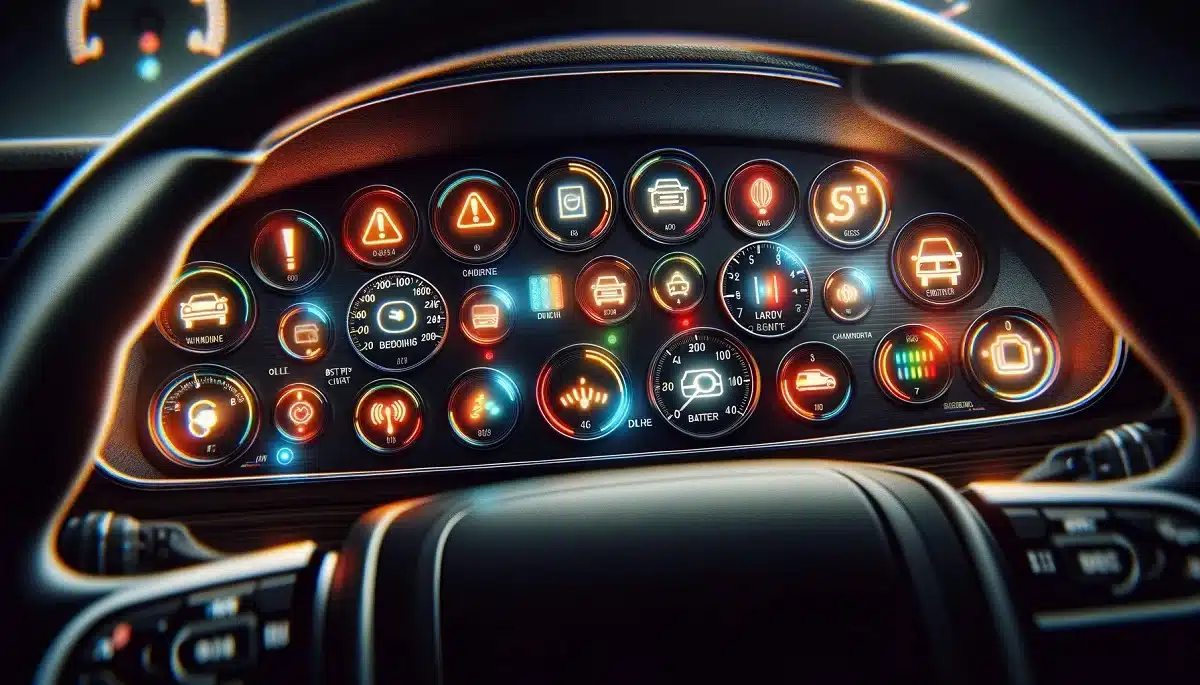Driving comfort and safety are always top priorities. Particularly, starting on a slope can be challenging, especially for novice drivers. The Hill Holder or hill-start assist system, designed to overcome this challenge and enhance the driving experience, has become an indispensable part of modern vehicles. In this blog post, we will detail what the Hill Holder system is, how it works, and the advantages it provides.
What is Hill Holder?
Hill Holder is a technology that prevents the vehicle from rolling back on inclined roads and facilitates starting. This system is available in both automatic and manual transmission vehicles, offering drivers a safe start on slopes. Its working principle involves sensors detecting the vehicle’s incline and controlling the clutch. In manual transmission vehicles, the brake mechanism engages based on how much the clutch pedal is depressed, preventing the vehicle from rolling back.
Benefits of Hill Holder
- Safe Starts on Slopes: By preventing the vehicle from rolling back, Hill Holder provides a safe start on slopes, a significant advantage during stop-and-go traffic or driving tests.
- Extended Brake and Transmission Life: Abrupt braking and constant clutch usage during hill starts can wear down the vehicle’s brake and transmission systems. The Hill Holder system reduces this wear, extending the lifespan of these components.
- Comfort in Traffic: The stress of starting on inclined roads or in heavy traffic is reduced with Hill Holder, allowing drivers to move more comfortably without the fear of rolling back.
- Economic Benefits: Reduced brake and clutch wear saves on vehicle maintenance costs. Additionally, it prevents excessive fuel consumption during hill starts.
The Hill Holder system is among the innovations providing significant comfort and safety in modern vehicle technologies. It assists drivers in challenging conditions like hill starts, making vehicle use safer and more economical. With advancing automotive technologies, systems like Hill Holder will likely become more widespread in vehicles, continuously improving the driving experience.
Availability of Hill Holder in Vehicles
Today, the Hill Holder feature is standard in most new vehicle models. Once available in only a few vehicles, this system has become an essential part of modern vehicles, even included as standard equipment in the most basic models. While it varies from vehicle to vehicle, it offers different performance levels.
Activating the Hill Holder System
Some drivers might think the hill-start assist system can be manually activated or deactivated. However, Hill Holder is not a feature that can be manually turned on by a user. It automatically becomes active under specific conditions: when the vehicle is on an incline and the driver releases the brake pedal, the system engages automatically, preventing the vehicle from rolling back.
Why might the Hill Holder system malfunction?
The Hill Holder system is not prone to frequent failures, but the most common issue encountered in the event of a malfunction is a problem with the brake center. This issue can often be resolved easily with brake cleaner spray. In rare cases, sensor failures or faults in the clutch detection and incline measurement mechanisms can also cause problems.
Applying brake cleaner spray to the brake center can help resolve the issue. It should be applied carefully to the brake center and its surroundings. After the application, any malfunction indications should disappear quickly.
Can Hill Holder be retrofitted?
Since cars are engineered products, in theory, the Hill Holder system can be added to almost any vehicle, but achieving quick and successful results is quite unlikely. For rapid and effective outcomes, the vehicle’s optional equipment packages should include the hill-start assist option. It is possible to add the Hill Holder system to a vehicle through an authorized service by paying an extra fee. This extra cost arises because this feature is not included in the standard equipment package and is a chargeable service when added later. While it is more cost-effective to add this feature at the time of vehicle purchase, retrofitting is usually more expensive.
For vehicles without this option, the process is much more complex. Successful implementation requires collaboration between experienced engineers and skilled technicians. Such an addition is more challenging and costly for vehicles where it is not offered as an optional feature. Additionally, the modifications may need to be registered in the vehicle’s documentation, which entails an extra process and cost. Although such a modification might be acceptable for experimental purposes, making this change in a functioning vehicle system carries significant risks.





